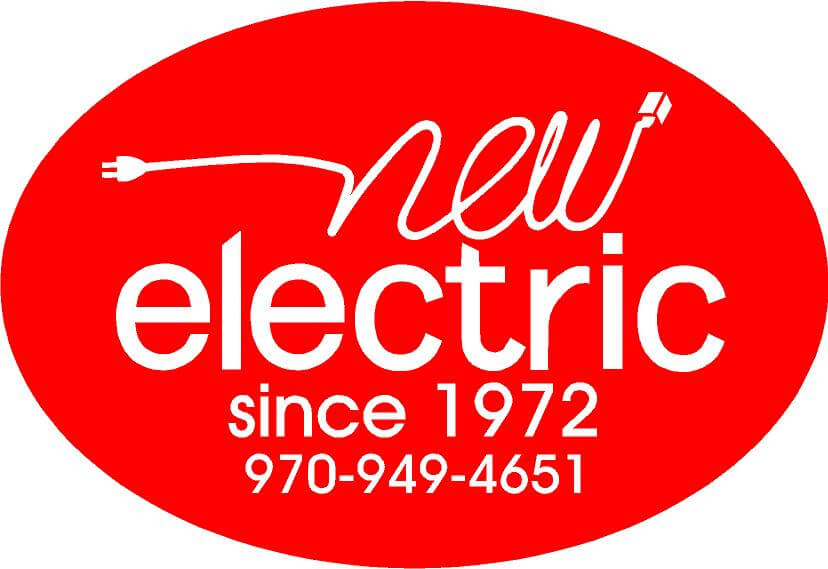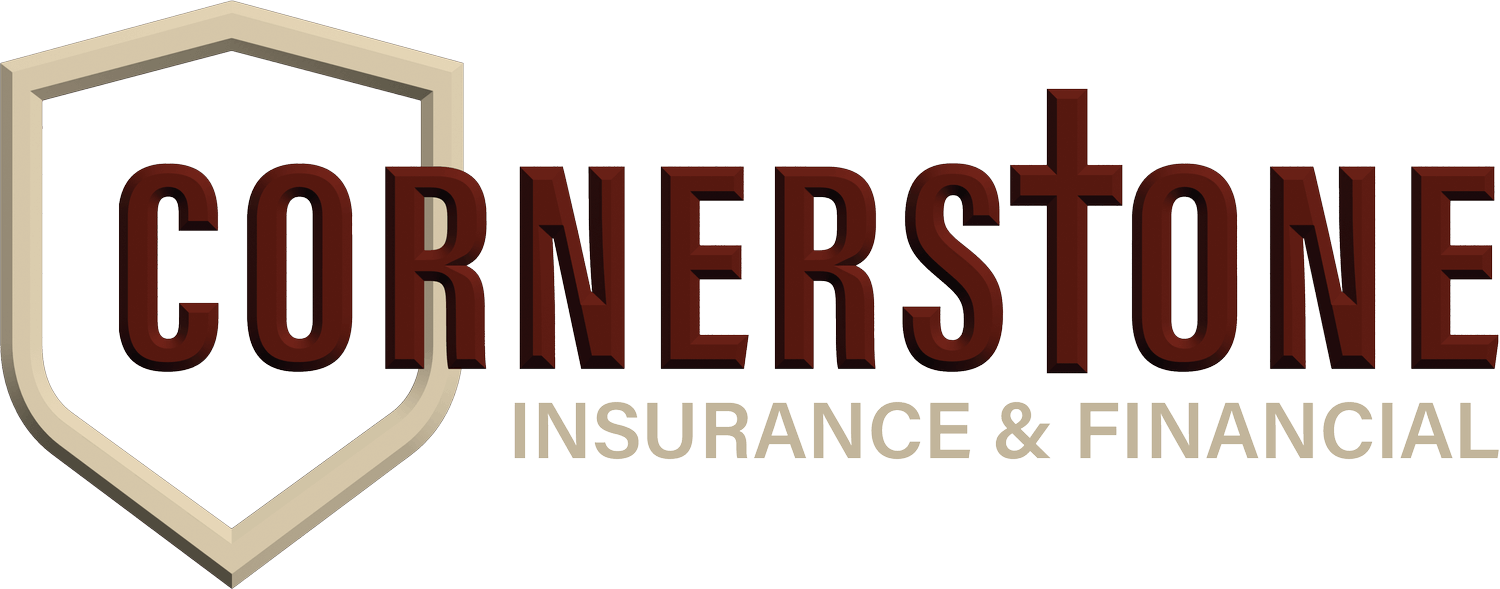The Story Is the Strategy: Crafting Business Narratives That Actually Matter
Every business says it wants to “tell its story.” But too often, that phrase gets treated like a slogan instead of a strategy. When done right, storytelling doesn’t just communicate; it connects. It opens a door between the company and the people it depends on—clients, investors, employees—and invites them into a shared experience that feels real. The difference between a pitch that lands and one that floats into oblivion usually comes down to the shape of the story, not just the numbers in the deck.
The Emotional Entry Point
Dry facts rarely ignite imagination. A good business story starts with a hook that hits a nerve—frustration, wonder, urgency, nostalgia. It gives the listener something to feel before they have a reason to think. This isn’t about manipulation; it’s about creating resonance. Whether it’s a founder’s moment of clarity or a customer’s unexpected breakthrough, people pay attention when something feels at stake.
Characters Carry the Message
Statistics get cited, but characters get remembered. One of the most effective ways to anchor a business story is through a protagonist—a customer, an employee, a founder—who moves through some kind of tension or transformation. These aren’t just anecdotes for flavor; they are vessels for meaning. When clients hear about someone like them finding a solution, they see a mirror, not a sales tactic.
Seeing the Story Before It’s Told
Images don't just decorate a narrative—they deepen it, and AI-generated visuals offer an adaptable, creative edge in doing just that. With the right tools, businesses can produce striking, tailored imagery that reflects their brand voice and reinforces key themes. For teams unsure where to start, consulting an AI picture generator technology review can help identify which platforms offer the blend of flexibility and quality needed to support storytelling goals. A reliable text-to-image tool cuts down on production time while expanding the palette of what's possible visually.
Conflict Without the Crisis PR
Too many corporate narratives skip the struggle, leaping from idea to triumph as if nothing hard ever happened. That’s a mistake. Conflict is where credibility lives. By owning the stumbles, the tough calls, and even the failures, a company earns the right to talk about its wins. This doesn’t mean airing dirty laundry—it means showing that progress doesn’t come prepackaged and that resilience is part of the DNA.
The Power of Internal Mythology
Employees aren’t just messengers of the company story; they’re part of it. A compelling internal narrative gives team members a reason to see their work as more than tasks and deadlines. It’s not enough to have a vision; people need to feel that vision. The most loyal and engaged teams usually share something else in common: they believe they’re building something that matters, not just hitting quarterly goals.
Investors Want the Why Before the What
Pitching investors isn’t just about growth curves and unit economics—it’s about conviction. Smart investors are trained to spot substance, but what often sets one startup apart from another is the depth of belief in the problem being solved. When a story is clear about the “why” behind the business, it signals focus, clarity, and leadership. Numbers may validate the potential, but story frames the purpose.
Clients Crave Belonging, Not Just Benefits
In saturated markets, value propositions alone rarely move the needle. Clients want to see themselves reflected in a brand’s identity and values. That’s why community-building has become such a storytelling superpower. When a brand makes its audience feel like participants instead of targets, engagement becomes a byproduct, not a KPI. Storytelling here becomes relational, not just transactional.
Delivery Is Part of the Drama
Even the best-crafted story can fall flat if it’s delivered like a budget report. Tone, timing, and presence all play a role in keeping an audience hooked. Great business storytelling has rhythm—it builds, it pauses, it surprises. Sometimes that means using silence to let a point breathe. Sometimes it means knowing exactly when to drop the stat that reframes the entire room. Storytelling is performance, even in a boardroom.
In a landscape where attention is the hardest currency to earn, storytelling isn’t fluff—it’s leverage. The companies that tell better stories don’t just attract customers, investors, and talent—they keep them. What matters isn’t just what the business does, but the way it makes people feel about being part of it. And that, in the end, is what turns messages into movements and ventures into visions worth believing in.
Discover the vibrant community and economic opportunities in the Eagle River Valley by visiting the Eagle Chamber of Commerce and see how you can connect, grow, and thrive with us!





























































